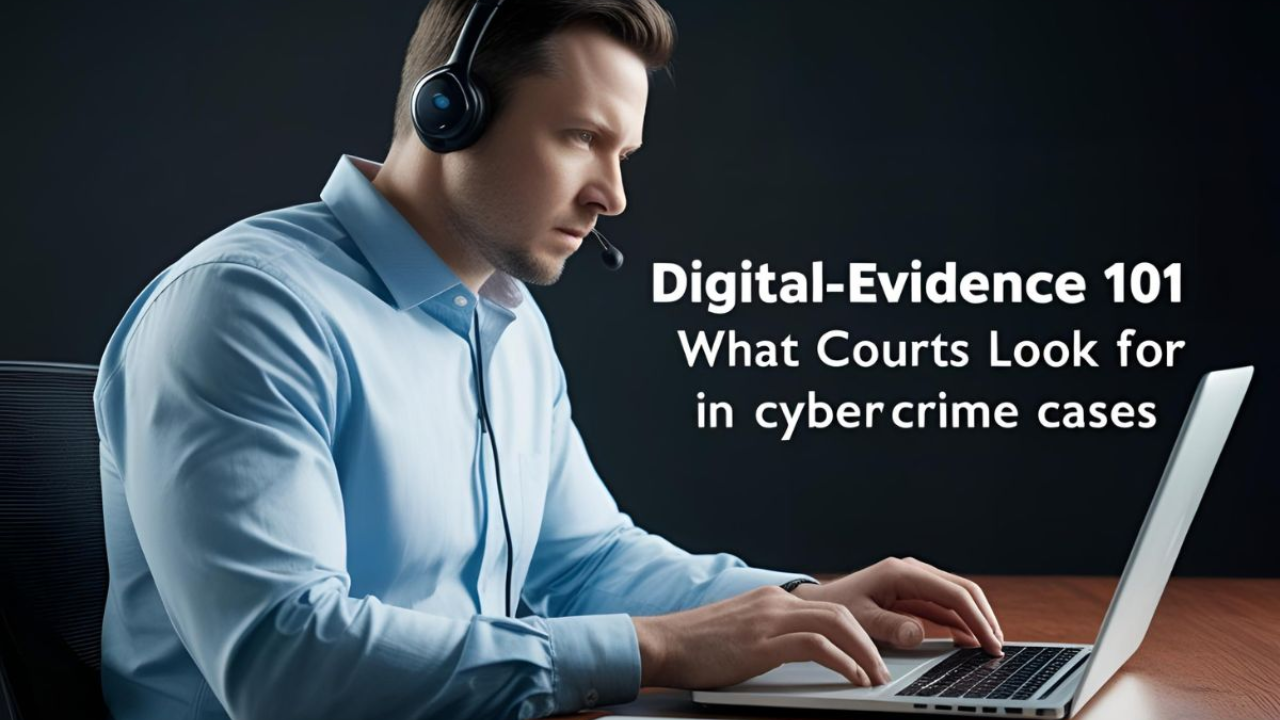
In an era where digital footprints are more telling than physical ones, judges are increasingly required to grapple with complex issues surrounding cybercrime and digital evidence. The sophistication of cyber threats, combined with evolving technologies and legal frameworks, demands that the judiciary remain informed and equipped to handle these challenges effectively. This article explores the essentials that judges must understand about cybercrime, the nature and admissibility of digital evidence, and the frameworks that support fair trial standards in a digital world.
Understanding Cybercrime in the Judicial Context
Cybercrime refers to criminal activities carried out using computers or the internet. These crimes may include data breaches, identity theft, online fraud, ransomware attacks, cyberstalking, and intellectual property violations. What makes cybercrime particularly tricky is its cross-border nature, anonymity, and the ever-evolving tactics used by perpetrators.
Key Categories of Cybercrime:
- Computer as a Target: e.g., hacking, malware attacks
- Computer as a Tool: e.g., phishing, fraud, online scams
- Computer as an Incidental: e.g., digital evidence in conventional crimes like murder or drug trafficking
Judges must be able to differentiate these types to understand the context and intent behind cybercrimes and apply relevant legal provisions.
Essentials of Digital Evidence
Digital evidence is any probative information stored or transmitted in digital form that can be used in court. It plays a crucial role in establishing timelines, communication trails, and associations between suspects and crimes.
Features of Digital Evidence:
- Volatile: Can be easily altered or destroyed.
- Complex: Often requires technical expertise to extract and interpret.
- Volume-Based: Huge quantities of data can complicate relevance assessments.
- Chain of Custody Sensitive: Mishandling can render it inadmissible.
Judges must understand the intricacies of how digital evidence is collected, preserved, analyzed, and presented to ensure its integrity and admissibility.
Admissibility and Legal Standards
Courts must ensure that digital evidence meets certain standards to be admissible:
- Authenticity: Can it be proven that the data is what it claims to be?
- Integrity: Has the evidence been tampered with or altered?
- Relevance: Does it directly relate to the case?
- Reliability: Is the source credible and was the method of collection lawful?
- Compliance with Privacy Laws: Was consent obtained or a proper warrant issued?
Courts often rely on expert witnesses and forensic specialists to establish these benchmarks.
Digital Forensics and the Role of Experts
Digital forensics is the science of identifying, preserving, analyzing, and presenting digital evidence. Judges should be able to assess:
- The credentials and neutrality of forensic experts.
- Whether standard forensic protocols (like ISO/IEC 27037) were followed.
- How metadata, logs, timestamps, and encryption were handled.
- The validity of tools used (e.g., EnCase, FTK).
Properly assessing forensic reports helps prevent wrongful convictions and ensures procedural fairness.
Judicial Challenges in Cybercrime Cases
| Challenge | Impact |
|---|---|
| Technical Complexity | Difficulty in understanding IT jargon and systems |
| Jurisdictional Overlaps | Cross-border laws and lack of harmonization |
| Privacy vs. Evidence | Balancing individual rights with state interests |
| Evolving Legal Frameworks | Outdated laws struggling to catch up |
| Resource Constraints | Lack of training or digital infrastructure |
Judges must constantly update their knowledge and sometimes rely on training programs and peer consultations to overcome these hurdles.
Training and Capacity Building for Judges
To meet these growing demands, judicial academies are incorporating:
- Mock cybercrime trials with real digital evidence
- Courses in digital forensics and cybersecurity laws
- Collaboration with tech institutions and cybercrime units
- Hands-on training in e-evidence review platforms
This ongoing education is crucial to ensure justice delivery remains fair and technologically informed.
Overview Table: Key Takeaways for Judges
| Focus Area | Key Insight |
|---|---|
| Nature of Cybercrime | Often borderless, anonymous, and tech-driven |
| Digital Evidence Traits | Volatile, complex, and susceptible to tampering |
| Admissibility Rules | Integrity, authenticity, and legality are critical |
| Judicial Role | Ensure fair trial standards and proper evaluation of tech evidence |
| Expert Use | Necessary for interpreting complex forensic inputs |
| Capacity Needs | Regular training and cross-sector collaboration |
Conclusion
Judges today face an uphill battle in keeping pace with the digital transformation of crime. From understanding the subtleties of a phishing scam to evaluating encrypted evidence from a seized device, the expectations from the judiciary are unprecedented. Judicial competence in handling digital evidence and cybercrime matters isn’t just beneficial—it’s essential for upholding justice in the digital age.
Top 3 One-Line FAQs
1. What is the biggest challenge for judges in cybercrime cases?
Grasping the technical complexity and ensuring digital evidence meets legal standards.
2. Can digital evidence be used without a warrant?
Only under specific legal exceptions; otherwise, it violates privacy rights.
3. Why do judges need digital forensics training?
To accurately assess the credibility and admissibility of complex e-evidence.

